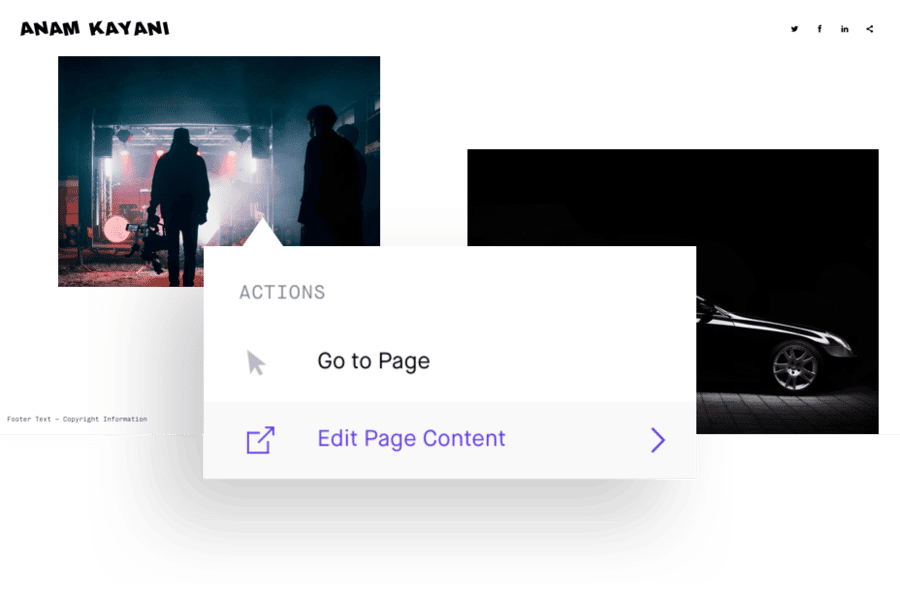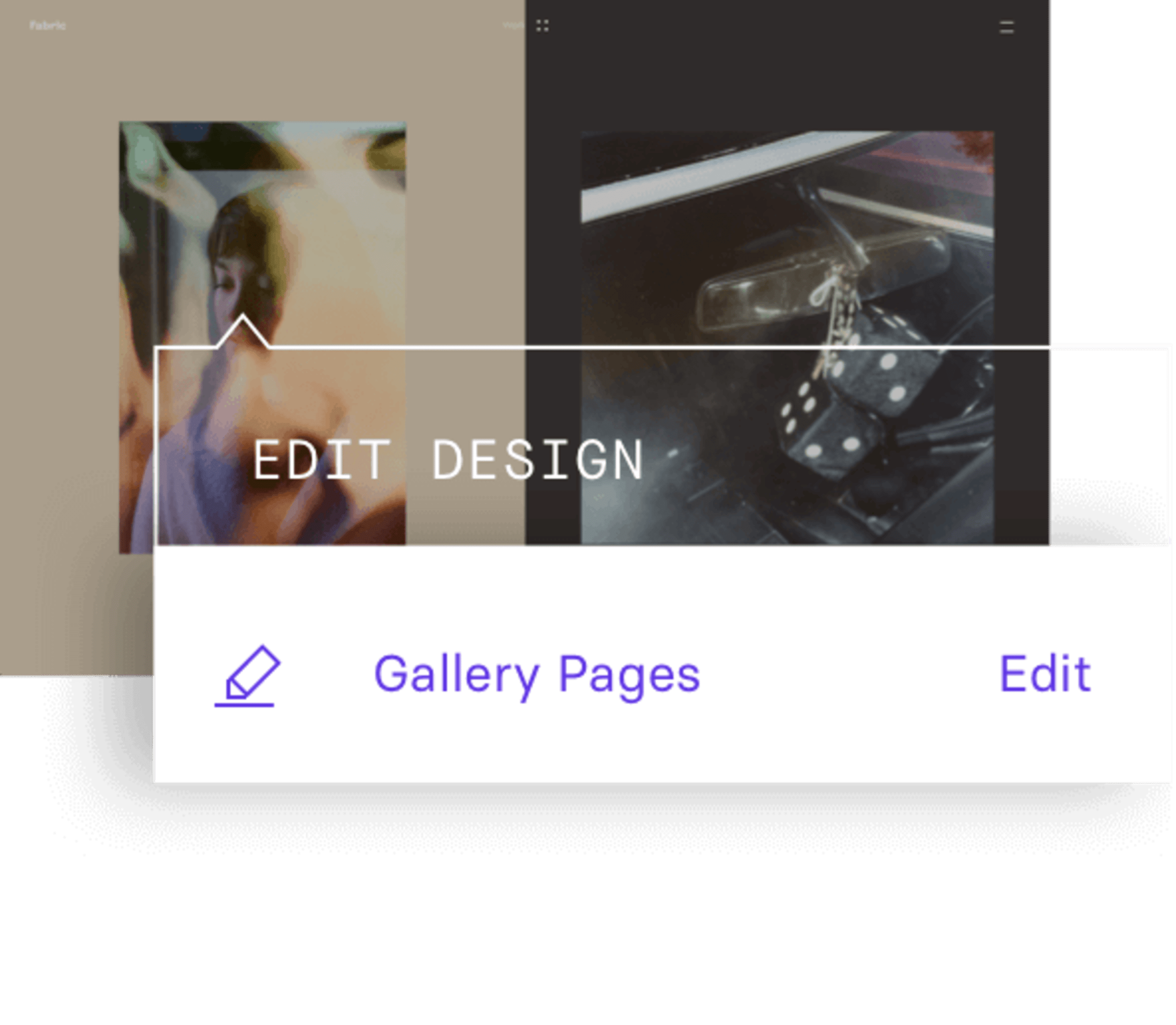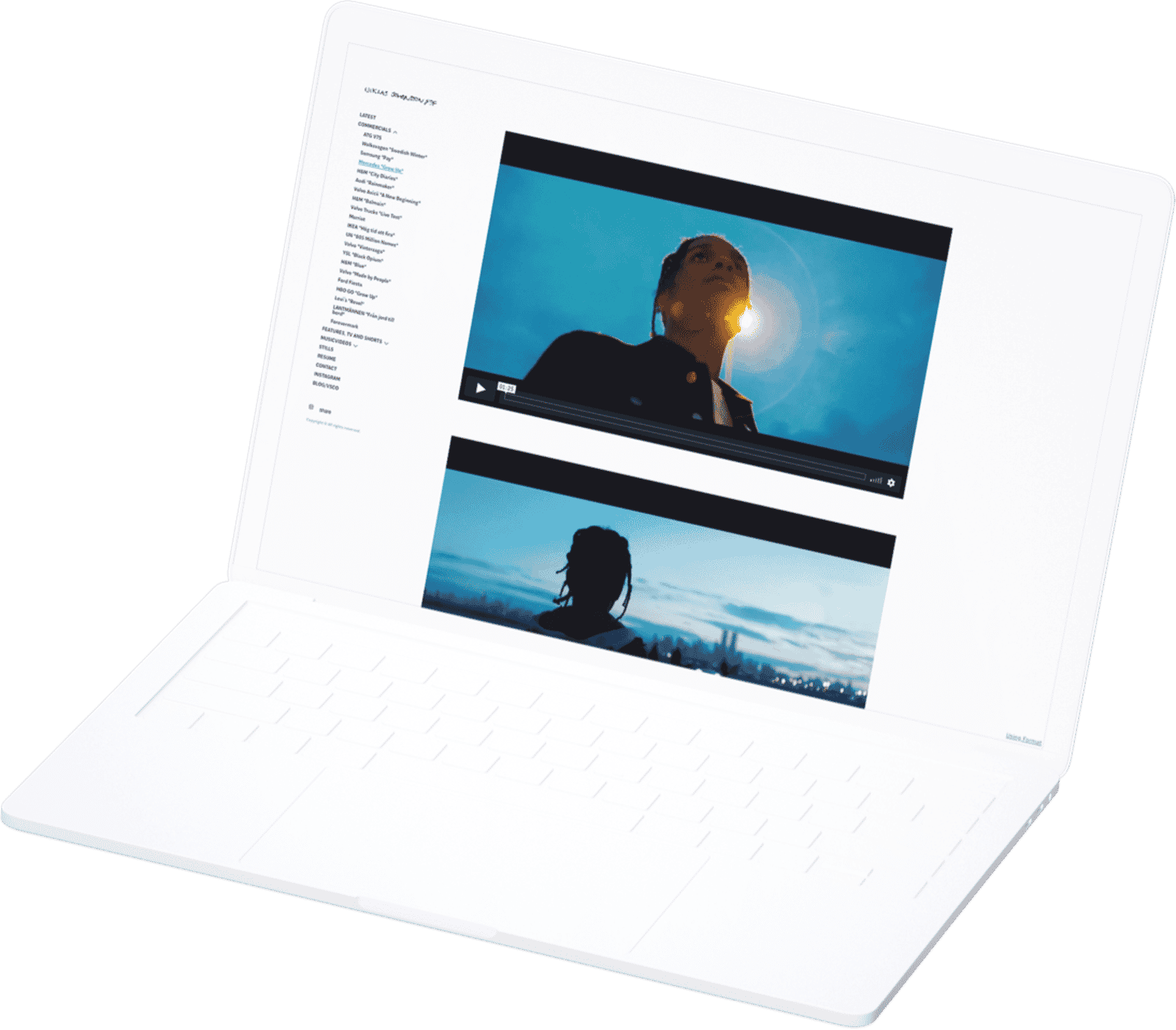Ready to build a video portfolio but don’t know where to start? Here are four things you can do to get started.
Shoot Friends and Family
You can’t create a folio without putting in the work—and that means starting small.
Reach out to friends and relatives who might need video services and offer your expertise at a discounted rate. If you’re hoping to make it big as a wedding videographer, hit up friends and family who are getting married soon and offer to do their videos as a wedding gift. If you’d like to be a commercial director, seek out friends with small businesses and brainstorm for social media campaigns together.
Don’t Limit Yourself
Being a jack of all trades is incredibly handy when you work in media, since you’ll often have to adjust to market trends and clients’ needs when you’re new to the industry. Therefore, it’s important you try not to limit yourself with the type of work you choose to do when you’re building your folio. Try your hand at everything, from music videos to commercial work to even content creation for YouTube.
If you haven’t found a niche yet, this might be a great exercise at helping you figure out your specialty as a filmmaker.
Organize Your Work
Once you’ve gathered enough work to build a site, you need to make sure you organize your work. This helps you establish your brand in a particular niche, giving clients a clear understanding of what you can do for them.
If, for example, you don’t want to limit yourself to one specific niche or genre, you can organize your website into separate pages for different types of work. With Format, you can create separate galleries and custom pages and organize them by client, genre, or work done.
If you have vastly different styles in different niches (for example, you can do both delicate wedding videos and straightforward documentaries) you can choose to host videos in a separate site as well.
Build a Demo Reel
A demo reel is something akin to a portfolio video—it’s a video compilation of your best works, condensed in a one-to-three minute video. Usually, demo reels show off your best work in a specific designation, so if you’re a cinematographer and an editor, you’ll have two separate reels for those. A demo reel should also show off your new work and is updated on a yearly basis.
Why do you need a demo reel when you have a site to show off all your videos? Because some clients don’t have the time and patience to sort through each and every video on your site. By displaying a highlight reel on your homepage, you can give potential clients a taste of everything you have to offer in the span of three minutes!






